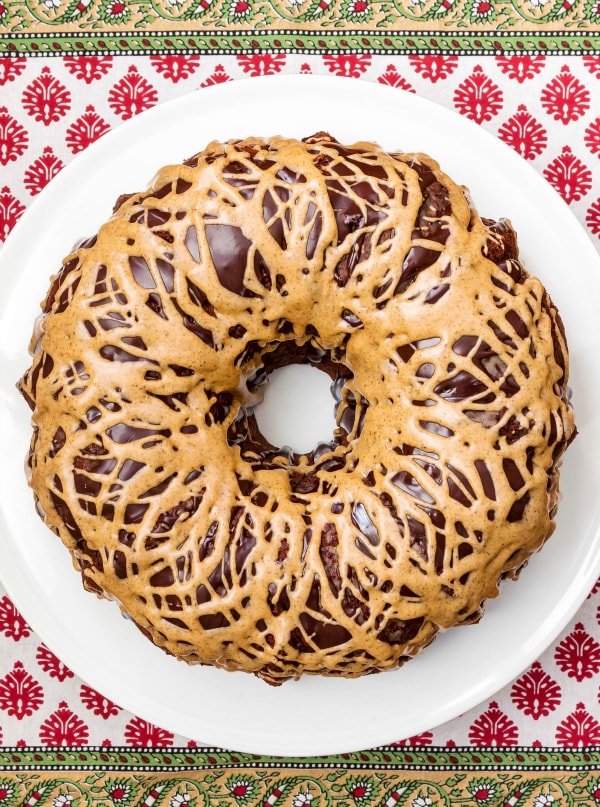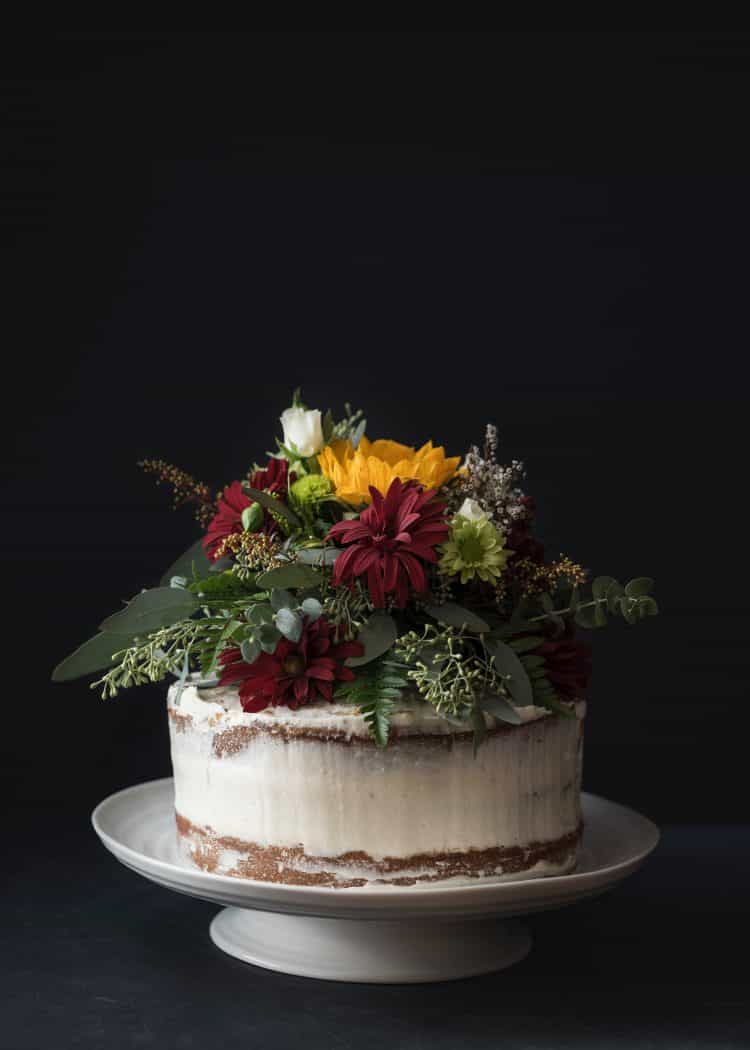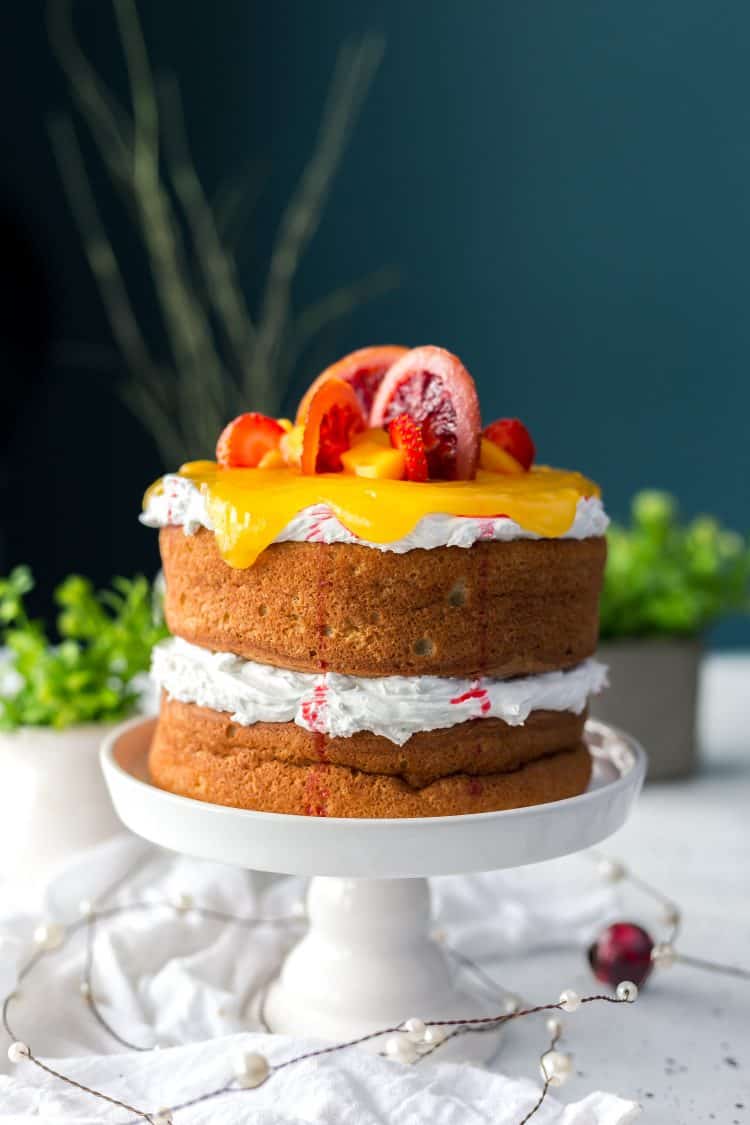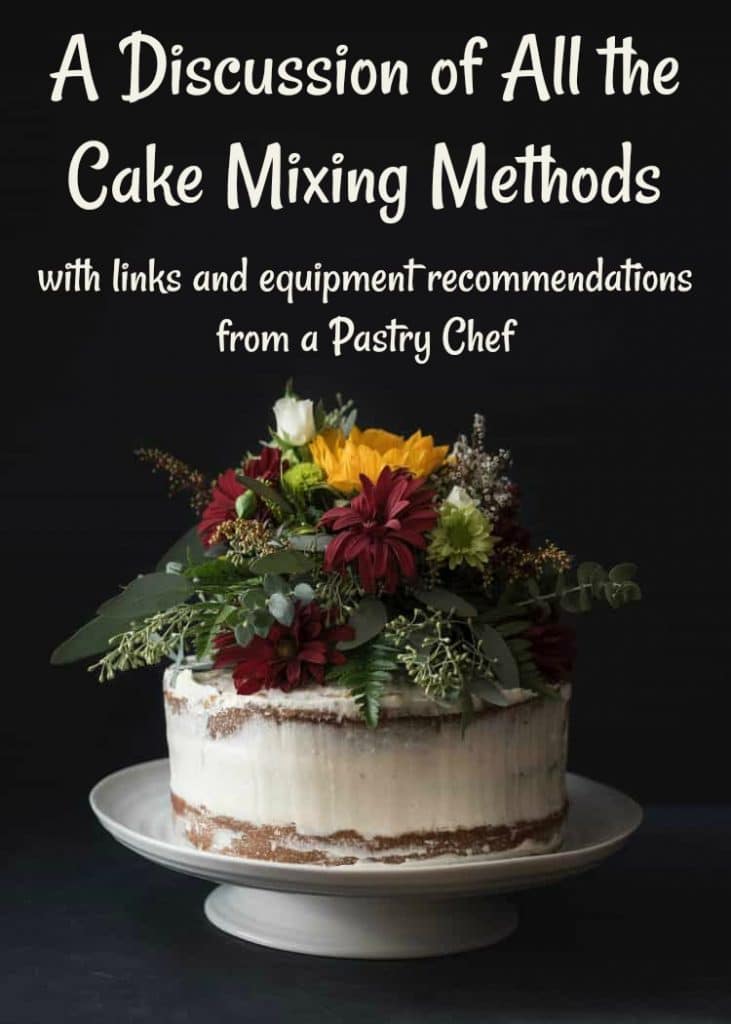Why It’s Important to Know the Mixing Methods
Welcome to your page for finding information about all the cake mixing methods. Each short discussion of each mixing method also links to a longer, more in-depth discussion about each mixing method. I hope you find it helpful.
Would you like to save this post?

What Is A Recipe?
A recipe is truly nothing more than a list of ingredients married to a list of instructions. And a list of instructions is nothing more than a mixing method laid out in detail. Once you become proficient in recognizing a mixing method in a recipe and generalizing it to a whole category of recipes (butter cakes, sponge cakes, pie crust, etc), you’ll be able to make a recipe with nothing more than a list of ingredients. This page, along with the ingredient function page, really is the core of what this site is all about. Learn how to manipulate your ingredients to get them to do what you want, and you will Rule the World. Or at least your kitchen. Understand these mixing methods, and your baking experiences will be much more relaxed, I guarantee.Basic Mixing Methods for Cakes, Cookies, Biscuits, Pie Crust, etc.
- The Biscuit Method This is the mixing method you’ll want for American biscuits/English scones as well as most pie crusts. At first glance, this method is very simple, but as with many simple things, it’s not always easy and may require some practice. And that’s good, because even a day with a bad biscuit is better than a day with no biscuits at all!
Equipment for Making Biscuits, Scones, and Pie Crusts
There’s not a lot of specialized equipment you need to make biscuits and pie crust. That’s actually one of the great things about the method. You may want a pastry cutter (although I just cut in the fat using my fingers). A whisk and a large bowl plus a small liquid measure for ice water or buttermilk, and that’s pretty much it. Here are a couple of more tools that are nice to have in your arsenal and that you’ll use for lots of different tasks–not just doing the muffin method.- The Creaming Method The creaming method is arguably the most used method for American-style butter cakes, pound cakes and most cookies. Even if you don’t know what it is now, I bet you’ve seen it. Any cake or cookie recipe that begins with these steps: “Beat butter and sugar together until light and fluffy. Add eggs, one at a time. Alternate adding wet and dry ingredients, beginning and ending with dry,” then you’ve seen the creaming method. Learning this one method by heart will make your baking life so much easier!
What You Need to do The Creaming Method
Since this cake mixing method relies on a thorough mixing of fat and sugar to help guarantee a consistent texture and crumb, it’s nice that there are electronics that can help us do that. Thinking about folks making cakes before electronics, beating and beating by hand, makes me tired. If you plan on making a lot of cakes and cookies and bread dough, consider investing in a Photo by Krista McPhee on Unsplash
Photo by Krista McPhee on Unsplash
- Dead-Easy PMAT Method Short of “put all ingredients into a bowl and stir them together,” this might be one of the easiest mixing methods for cakes that you’ll find. I developed it–happened upon it–when making a wedding cake.
- The Egg Foam Method If you’re a fan of genoise, sponge cake, and angel food cake, this method is for you. There are actually two sub-methods, but any egg foam method utilizes the bubbles built up in whipping either whole eggs together or whipping up yolks and whites separately to provide leavening for your cake.

Look how light and fluffy this sponge cake turned out. There is too little fat in this type of cake to use the creaming method, so it’s best to know which method is best for which kind of cake. Photo by Karly Gomez on Unsplash - The Muffin Method Not just for muffins, friends! The Muffin Method is used for pancakes and waffles (sometimes with the modification of whipping the whites separately and folding them into the batter). It’s an easy method that requires a light touch, so if mixing isn’t your thing, this method is for you. Minimal mixing is what we want here.
Muffin Making Equipment
As with the biscuit method, above, you don’t need a ton of equipment to make muffin, pancake, or waffle batter, but there are some pieces of equipment that can give you great results when cooking/baking the batter. Photo by Calum Lewis on Unsplash
Photo by Calum Lewis on Unsplash
- The Two-Stage Mixing Method The two-stage method was developed for high ratio cakes which have a minimum sugar to flour ratio of 1:1. The two-stage method helps to emulsify the fats in sweet batters. It’s probably one of the more “step-heavy” mixing methods since some ingredients are added in two stages, but it’s straightforward and produces a cake with a tight, velvety crumb. Given an ingredient list for a cake, I often choose between using the creaming method or the two-stage method depending upon what I want to do with the finished cakes. And yes, you can use this method on “regular” cakes and not high-ratio. For more information, there’s an excellent discussion of high ratio cakes over at Joe Pastry. One note, butter works fine in two-stage method cakes, although super-emulsified shortening is what they use in high volume bakeries.
